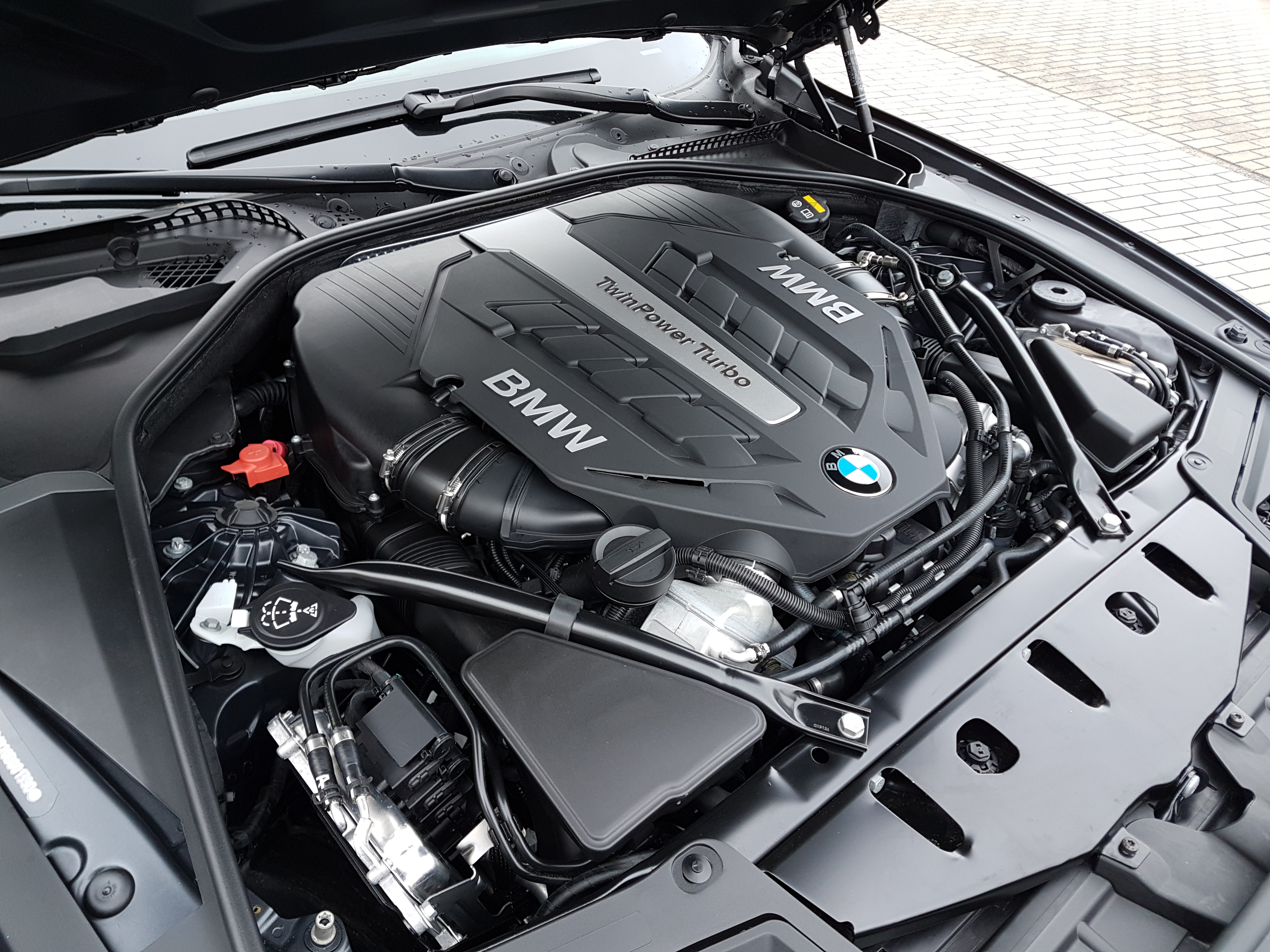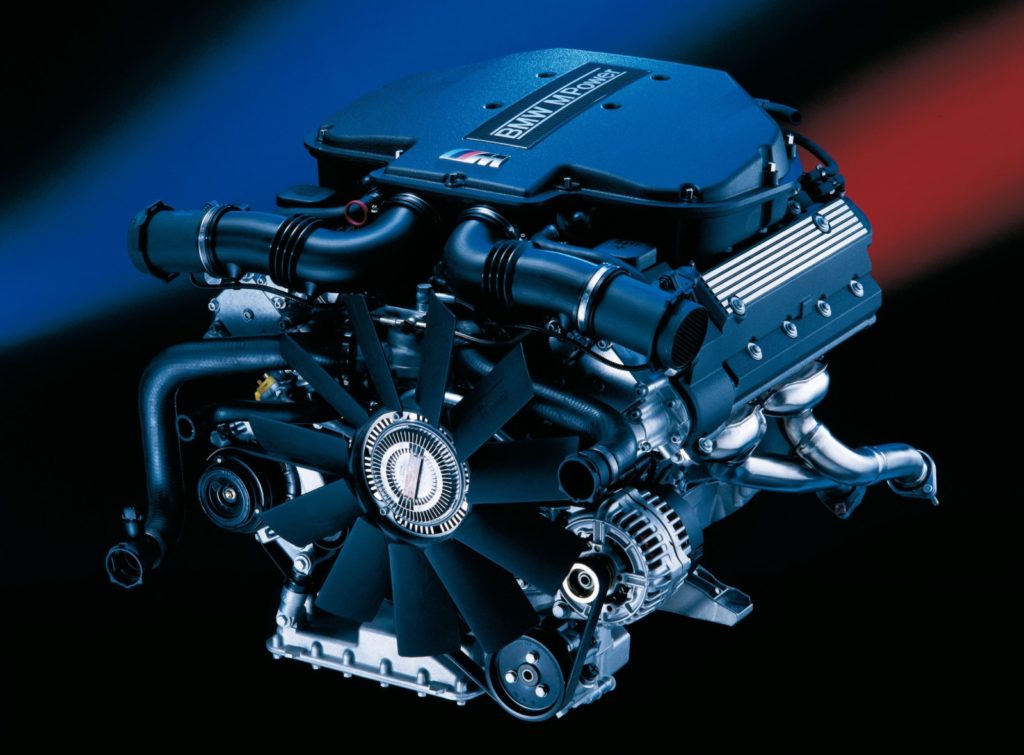Why the BMW Engine Is Taken Into Consideration One of the most effective in High-end Autos
Why the BMW Engine Is Taken Into Consideration One of the most effective in High-end Autos
Blog Article
Exploring the Advancement of Burning Engines in Modern Transport Solutions
As we browse the landscape of modern transport, the evolution of combustion engines stands as a testimony to human resourcefulness and design prowess. From their simple beginnings to the advanced giants moving vehicles today, combustion engines have undertaken an amazing journey of technology and adjustment. Comprehending the details of this advancement not only loses light on the past however additionally paves the method for visualizing what exists in advance in the realm of transport technology. The interplay of background, modern technology, and environmental concerns fit the trajectory of combustion engines creates a story that is both informative and engaging.
Very Early Beginnings of Combustion Engines
Exactly how did the idea of burning engines initial arise in the early stages of transportation development? The origins of burning engines can be mapped back to the 17th century when the concepts of inner burning were first discovered. In 1673, Christian Huygens conceptualized a basic interior burning engine that made use of gunpowder to create power. However, it had not been up until the late 19th century that functional applications of burning engines in transport began to arise.
The breakthrough moment included the innovation of the first effective gasoline-powered engine by Karl Benz in 1885 - bmw engine. This engine led the way for the growth of the modern-day auto, revolutionizing transport systems worldwide. Subsequent developments by Nikolaus Otto and Gottlieb Daimler further refined combustion engine modern technology, leading to the mass production of autos and the fast development of the transport industry
These very early burning engines were defined by their simpleness and effectiveness, laying the foundation for the facility and powerful engines made use of in contemporary transport systems. The advancement of combustion engines has actually been crucial in shaping the means we take a trip and deliver items, noting a considerable turning point in the history of transport growth.
Change to Internal Burning Innovation
The transition to interior combustion modern technology noted a critical shift in the advancement of transportation systems. This change began in the late 19th century, with inventors like Nikolaus Otto and Gottlieb Daimler establishing the initial successful inner burning engines. These engines transformed transport by offering a more efficient and powerful alternative to vapor engines and electrical motors.
One of the crucial advantages of inner burning engines was their capability to be reduced to suit vehicles, leading to the development of cars and motorcycles. This change from cumbersome, fixed engines to compact, mobile ones led the way for the modern transportation systems we see today.
The transition to internal burning innovation likewise spurred innovations in gas modern technology, bring about the advancement of gas and diesel as primary fuel sources for automobiles. This shift not only made transport extra accessible to the masses but also laid the structure for the oil and gas sector to become integral to international economic situations.
Effect of Combustion Engines on Transport
The fostering of burning engines in transportation systems militarized an extensive change in the efficiency and speed of worldwide wheelchair. Combustion engines transformed transportation by important site providing a trusted and flexible source of power for various vehicles, including cars, ships, airplanes, and vehicles. This advancement considerably boosted the ability for people and items to conform cross countries in shorter time frames, resulting in raised connectivity between areas and nations.
Moreover, the widespread use of combustion engines has actually had a considerable influence on economic growth. The capability to carry goods efficiently has spurred trade and business, enabling services to broaden their markets and get to customers worldwide. This has actually assisted in financial growth and globalization, as products can currently be transferred faster and in bigger quantities than in the past.
However, the environmental impact of combustion engines can not be overlooked. The combustion of nonrenewable fuel sources has brought about air pollution and greenhouse gas exhausts, adding to environment change and posing wellness threats to populaces. bmw engine. As an outcome, there is an expanding emphasis on establishing different propulsion technologies to reduce these adverse effects and produce an extra lasting future for transportation
Developments in Combustion Engine Layout
Many advancements in combustion engine design have actually pushed the evolution of transportation systems over the decades. One remarkable development is the development of turbocharged engines, which use exhaust gases to drive a generator that compresses inbound air, enabling more fuel to be charred, resulting in increased power result without a substantial rise in engine size. In addition, direct injection modern technology has actually improved fuel performance and performance by specifically regulating the quantity and timing of fuel infused into the click to read combustion chamber. Variable valve timing systems have additionally transformed engine design by enhancing air movement at various engine speeds, improving both power and performance. Another significant improvement is the combination of light-weight products such as carbon fiber and light weight aluminum alloys, decreasing general engine weight and boosting car gas economic climate. Innovations in computer-aided style have actually made it possible for designers to optimize engine efficiency and efficiency through simulations before physical prototypes are constructed, saving time and sources in the advancement procedure. These developments collectively add to the continual renovation of combustion engines in modern-day transportation systems.
Future Trends in Combustion Engine Advancement
With technology advancements driving constant innovation, the future of combustion engine growth is positioned to reinvent transport systems internationally. One of the crucial patterns in burning engine growth is the press in the direction of higher performance and decreased discharges.
An additional popular fad is the fostering of crossbreed technologies in combustion engines. Crossbreed engines combine conventional burning innovation with electrical power, supplying boosted fuel performance and lower exhausts. As the vehicle market shifts in the direction of electrification, hybrid combustion engines are viewed as a transitional remedy that links the void in between conventional cars and completely electrical ones.
Moreover, the integration of clever modern technologies, such as artificial intelligence and information analytics, is anticipated to play a substantial role in the future of burning engine growth. These modern technologies can enhance engine efficiency in real-time, leading to a lot more effective combustion processes and boosted general car performance. Embracing these future trends will certainly not just drive advancement in combustion engine development however likewise add to a much more lasting and eco-friendly transportation ecological community.

Conclusion
In verdict, the advancement of burning engines in modern-day transportation systems has been noted by significant developments in technology and style. From the very early beginnings of burning engines to the change to inner combustion innovation, these engines have pop over to this site actually had an extensive effect on transportation.
The roots of combustion engines can be mapped back to the 17th century when the principles of internal combustion were initial explored. These engines revolutionized transportation by providing a much more powerful and effective alternative to steam engines and electrical motors.

Report this page